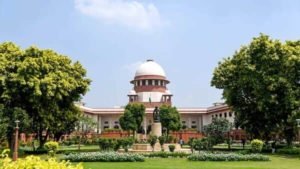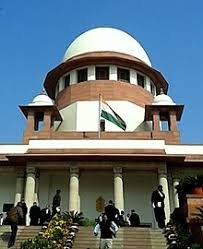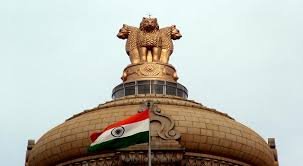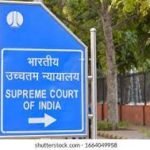The Appellant is Rajni, the complainant. The Respondent No. 2 (also referred to as Akki alias Anmol alias Akshansh alias Goldee) was accused in a crime registered under Sections 302, 201, 34 of the Indian Penal Code (IPC) and Sections 3/25/27 of the Arms Act.
The incident occurred on 17.02.2021. Respondent No. 2’s mother sought to declare him a juvenile in conflict with law before the Juvenile Justice Board (JJB). The JJB initially held on 27.08.2021 that Respondent No. 2 was an adult (more than 18 years of age) on the incident date.
The Additional Sessions Judge overturned the JJB’s decision on 14.10.2021, declaring Respondent No. 2 a juvenile, based on his school certificate showing a date of birth of 08.09.2003. This meant he was 17 years, 3 months, and 10 days old on the date of the incident.
The High Court upheld the Additional Sessions Judge’s finding of juvenility on 13.05.2022, agreeing that the school certificate was determinative.
Separately, after the JJB and Additional Sessions Judge denied bail to Respondent No. 278, the High Court granted him bail on 13.05.2022, requiring a personal bond from his parents and two sureties.
The Appellant challenged both the High Court’s affirmation of juvenility and the grant of bail before the Supreme Court.
Law Involved
Juvenile Justice (Care and Protection of Children) Act, 2015 (JJ Act, 2015): This Act is central to determining juvenility and the parameters for bail for a juvenile in conflict with law.
Section 94: Deals with the presumption and determination of age, providing a hierarchy for evidence: school certificate/matriculation first, then birth certificate, and only in their absence, medical ossification tests.
Section 15: Pertains to preliminary assessment for heinous offences allegedly committed by a juvenile who is 16 years or older.
Section 18(3): Deals with orders passed after preliminary assessment, including transfer to a Children’s Court.
Juvenile Justice (Care and Protection of Children) Rules, 2007 (JJ Rules, 2007): Specifically Rule 12(3) which outlines the procedure for age determination, mirroring Section 94 of the JJ Act.
Indian Penal Code, 1860 (IPC): Sections 302, 201, 34 and 307 which pertain to the criminal charges.
Reasoning
On Juvenility:
The Supreme Court noted that the JJB’s reliance on a medical ossification test to determine age was “totally fallacious” because the school certificate, which is the primary evidence under Section 94(2) of the JJ Act, was available.
The school certificate clearly indicated Respondent No. 2’s date of birth as 08.09.2003. This meant he was under 18 years of age (17 years, 3 months, 10 days) at the time of the incident on 17.02.2021, making him a juvenile.
The Court affirmed that when the school or birth certificate is available, it is not permissible for the JJB to disregard them and opt for a medical examination to determine age.
Therefore, the High Court’s decision upholding the Additional Sessions Judge’s finding of juvenility was correct and in line with the legal framework.
On Bail:
The Complainant argued that bail should not have been granted, citing the heinous nature of the offence (murder), Respondent No. 2’s alleged criminal antecedents, and the High Court’s supposed error in allowing him to misuse the JJ Act provisions.
However, the Supreme Court acknowledged that the High Court had correctly considered the specific parameters for granting bail to a juvenile in conflict with law.
The High Court had concluded there was no satisfactory material to suggest that releasing the juvenile would expose him to moral, physical, or psychological danger, or that he would be associated with known criminals.
The Court also noted that Respondent No. 2 had already been on bail for more than three years30.
Given that a preliminary assessment under Section 15 of the JJ Act, 2015 had already been conducted, and Respondent No. 2 was found competent to understand the consequences of the offence, and his case had been transferred to the Juvenile Court/POCSO Court, the Court found no compelling reason to interfere with the High Court’s decision to grant bail14…. The gravity of the offence alone is not a sufficient ground to deny bail to a juvenile if other conditions are met.
Holding
- The Supreme Court found no grounds to interfere with the Impugned Judgment and Order of the High Court regarding both the determination of juvenility and the grant of bail to Respondent No. 231.
- Both criminal appeals filed by Rajni stand dismissed.
Rajni V. State Of Uttar Pradesh And Another
Supreme Court: 2025 INSC 737: (DoJ 20-05-2025)








